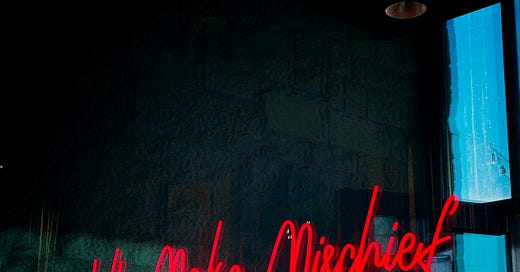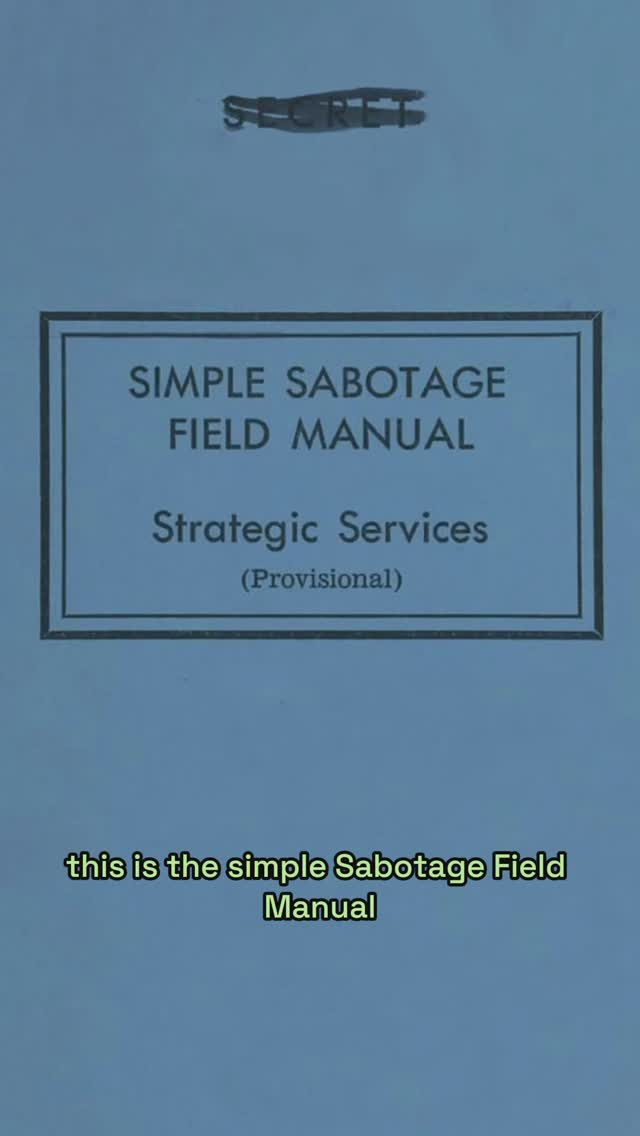My fourth grade teacher Ms. Hampton noted that I could “be rather chatty and cause other students to get distracted” on one of my report cards. I used to find it funny to pass notes to other students with suggested questions. When they did, it would often cause the whole class to laugh or ask follow up questions. Hilarious for me but clearly a problem for Ms. Hampton’s ability to manage the classroom. She was never angry about my early propensity for what my mother called shit stirring because causing mischief was my way of learning when I was bored. I did, and still do, like ask questions and use levity to help reveal what we’ve missed and are unwilling to see.
Students of folklore, mythology and literature alike know that the trickster archetype features in many fables and tales: Loki in Norse mythology; Puck in A Midsummer Night’s Dream; Anansi the spider; Brer Rabbit; Bugs Bunny; the coyote in many Native mythologies; Maui in Polynesia. Even tarot cards have a trickster figure. On the Rider-Waite-Smith deck, the figure on the seven of swords is depicted running away carrying five swords. The imagery suggests that a soldier has snuck into the opposition’s camp to steal weapons and remove the unfair advantage of those in power through covert action.
Although viewed as outsiders, interlopers and outcasts, tricksters play a vital role in cultivating belonging. Tricksters use their wits to subvert and resist convention and authority, revive a stagnant or stuck hero’s journey, and create magic, wonder and awe for the masses, who are often living in oppressive or dire conditions. By leveraging inquiry, levity and most importantly, mischief, tricksters craft a vision of reality as it could be rather than what it is collectively understood and perceived to be. They catalyze and incentivize world building needed for transformation.
Outwardly tricksters appear or profess to be be neutral. But their motivation for mischief stems from a desire to show and protect the obscured or disregarded truths , which usually means ridiculing oppressive actors and systems and celebrating underdogs and the collective. This distinguishes them from pranksters, who are into mischief just for the laughs. If you’ve ever watched New Girl, you know that Winston aka Prank Sinatra is just a prankster. Winston’s antics were always so small that they were unnoticeable or so large that they were life threatening, making them undesirable and ineffective to everyone except him. These motives also distance tricksters from charlatans and provacateurs who lie and manipulate solely for their personal gain at the expense and wellbeing of others. Tricksters deploy mischief both strategically and playfully to prompt systemic change.
Although the trickster has literary and mythic origins, we see tricksters in everyday life. When we look at them through a futures thinking lens, we can see how their actions can be viewed as signals of change. One of the foundational tools of futures thinking involves finding and analyzing signals of change. These are actions, events, innovations, new ways of being and behaving that disrupt or challenge how we understand structures, systems and worldviews to work. Signals don’t predict the future but they give us glimpses into how the world could be radically different. Acts of mischief are often signals of change because can be a lever for culture change. Because tricksters untether themselves from conformity and convention, they can sense more possibilities. As the dust settles following the confusion and mayhem they cause, the impact of the trickster’s actions reveals what we refused to see. Laughter opens our eyes to the truth when tricksters ridiculing the ridiculous and restores hope when they help us evade danger.
These are some present-day signals of the trickster archetype:
Ron Funch as a modern day Robin Hood:
Becoming IINO reclaims a pejorative term to foster community safety:
HillmanTok starts as a joke and evolves into political education:
Federal workers on Reddit: “I can do all things through spite, it strengthens me.”
According to 404 media, this declassified CIA guide “has surged to become the 5th-most-accessed book on Project Gutenberg, an open source repository of free and public domain ebooks. It is also the fifth most popular ebook on the site over the last 30 days, having been accessed nearly 60,000 times over the last month (just behind Romeo and Juliet).”
Even though we see tricksters as solo figures, I appreciated how Soraya Nadia McDonald and Tricia Hersey show us how we can all be tricksters rather than waiting for mischief to come along. McDonald’s call for “strategic malingering” felt like an echo of the trickster energy that Tricia Hersey writes about in her latest book, We Will Rest! The Art of Escape. I really appreciate how Hersey emphasizes how all of us have an inner trickster that we can cultivate for joy, rest and liberation as well as reconnecting with our common humanity. Both show how mischief can allow a reprieve from the present and accelerate movement toward the future.
From Hersey’s podcast interview on We Can Do Hard Things:
This resistance in the face of oppression that these trickster values that are like shape-shifters. They’re using their intelligence to disrupt, to be mischievous. They’re like really outcasts. They’re like messengers. In a lot of ways, I think about the idea of a trickster being someone who saw what was going on, peeped it, but didn’t immediately say that. They held that inside to be able to start using it. I think about Harriet Tubman on the Underground Railroad and all the people on the Underground Railroad….I think about these people who questioned authority. They’re finding whatever they can. They’re using the inner power and humanness in them to say, “Wait a minute. There’s something that I see that’s happening.” They always are disrupting things that are toxic. It’s always they’re pushing back against things, these values that they disapprove of, these values that everyone in the culture loves. They’re saying, “The value is wrong.” … That’s what a trickster energy is. It’s an energy of disruption. It’s my ancestors slowing down working when they were in those cotton fields. There’s these work slowdowns they will do where they will just tell other people secretly, “Today, we’re just going to all slow down working. We ain’t going to go as fast. Meet me over here behind this barn and we’re going to come up with a way where we’re going to go see if we can escape.”







